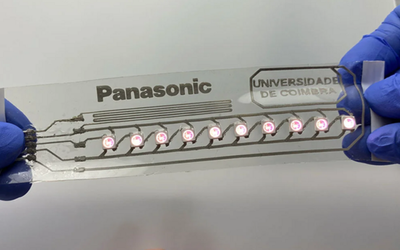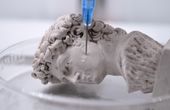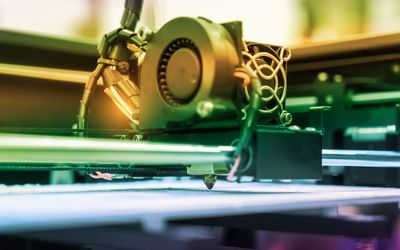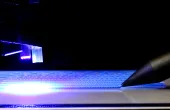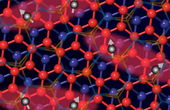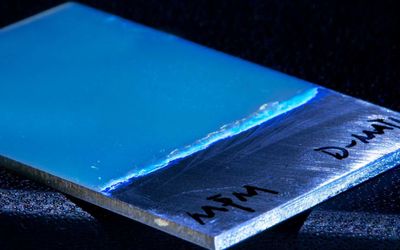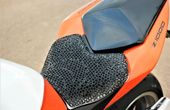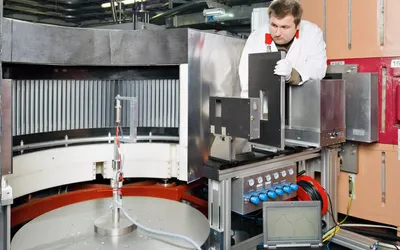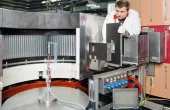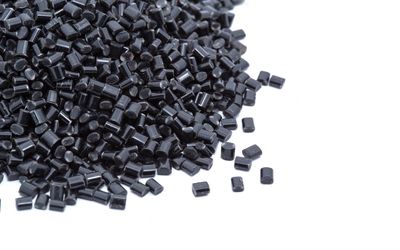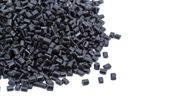Category
materials
Latest Posts
In this episode we talk about how researchers at EPFL have developed a new method of 3D printing bone-like composites using bacteria-infused ink. The process involves the use of hydrogel as a printing medium that provides a scaffold for bacterial growth, which produces calcium carbonate crystals that mimic the properties of bone.
The beauty of additive manufacturing is in the flexibility these technologies provide in terms of scale, shape, and materials. Building know-how on software has allowed Caracol to leverage these skills and adapt them to working with robotics for LFAM on different processes - from its proprietary thermoplastic/composite pellet extrusion Heron AM to introducing Metal with WAAM.
A research team at the Technical University of Munich (TUM) has discovered a material class with above-average conductivity. This is a decisive step forward in the development of high-performance solid-state batteries. Investigations conducted at the Research Neutron Source Heinz Maier-Leibnitz (FRM II) made an essential contribution to the discovery.








